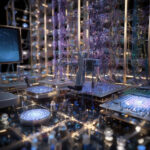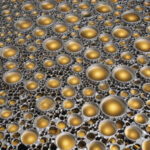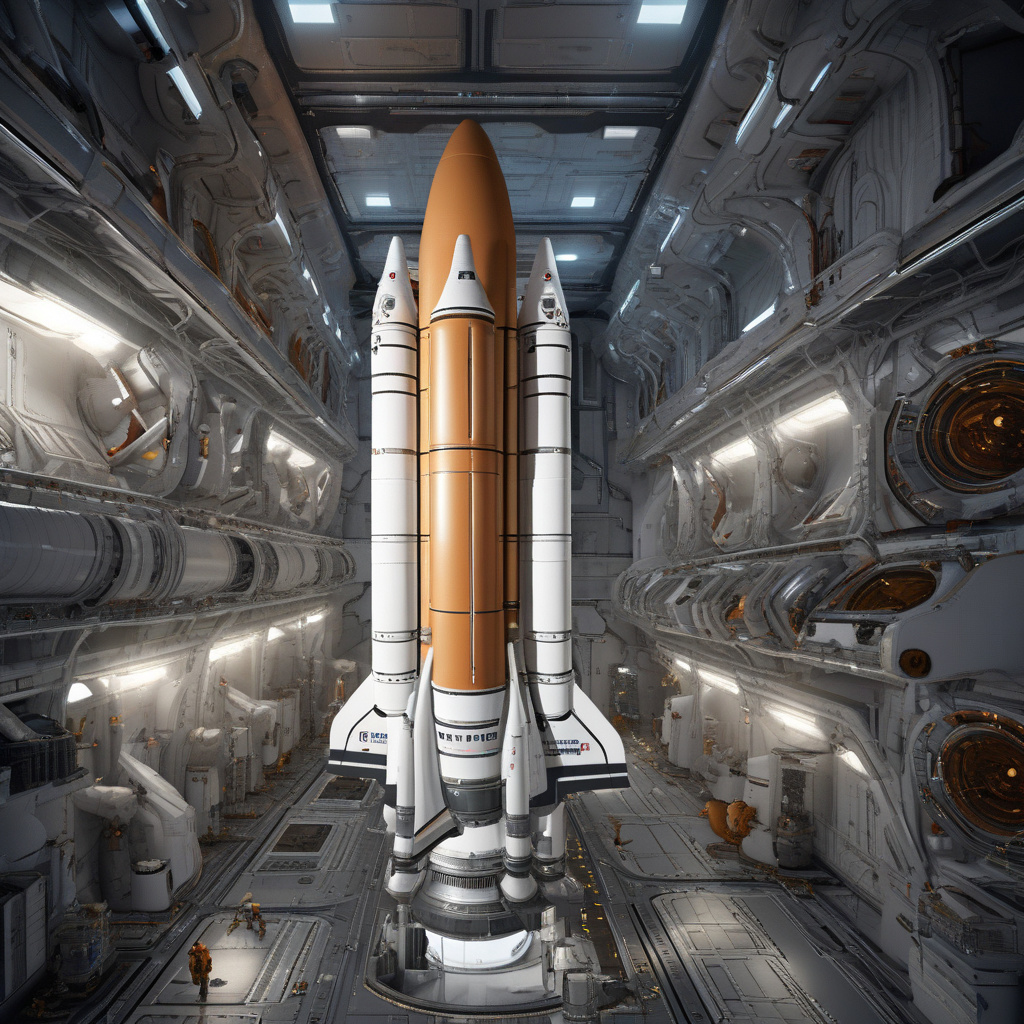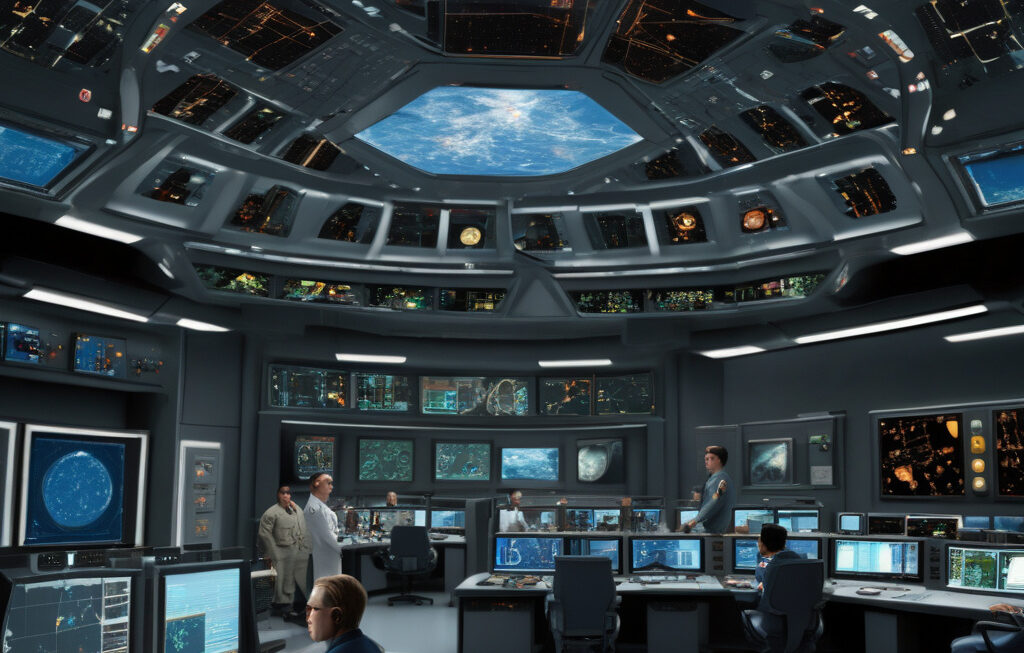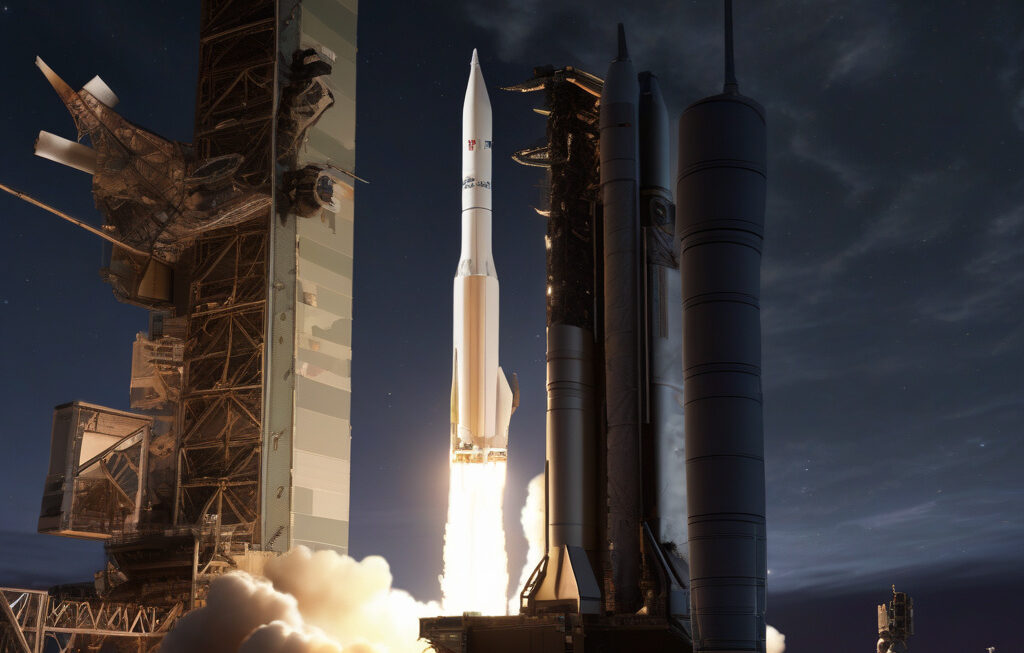What we’re sending into space now is a lot stranger than before
Since the dawn of the Space Age, humanity has launched thousands of missions, from communication satellites to rovers exploring the Martian surface. However, in recent years, the nature of what we’re sending into space has taken a fascinating and somewhat bizarre turn. The advancements in technology, coupled with the ever-growing curiosity to explore beyond our planet, have led to some truly unique and unconventional objects being launched into the great unknown.
One of the most intriguing developments in recent years is the trend of sending increasingly smaller satellites into orbit. CubeSats, tiny satellites that can fit in the palm of your hand, have opened up new possibilities for space exploration. These miniature satellites are cost-effective and can be deployed in large numbers, allowing for a swarm approach to data collection and communication. Companies and research institutions are now launching CubeSats to study everything from Earth’s atmosphere to deep space phenomena, revolutionizing our approach to space research.
But it’s not just miniature satellites that are pushing the boundaries of what we send into space. With the rise of private space companies like SpaceX and Blue Origin, commercial payloads have become more diverse and, in some cases, downright bizarre. From sending a Tesla Roadster into orbit around the Sun to launching a 3D printer to the International Space Station, the line between science fiction and reality is becoming increasingly blurred.
Moreover, art and culture have found their way into space in ways previously unimaginable. Japanese billionaire Yusaku Maezawa made headlines when he announced that he would be the first private passenger to fly around the Moon aboard SpaceX’s Starship. Maezawa plans to invite a group of artists to join him on this journey, with the goal of inspiring new works of art that capture the beauty and wonder of space. This fusion of art and space exploration represents a new chapter in the human relationship with the cosmos.
Furthermore, the concept of space sustainability has gained traction in recent years, leading to initiatives that aim to clean up the debris orbiting Earth. With thousands of defunct satellites, spent rocket stages, and other space junk cluttering Earth’s orbit, the risk of collisions and damage to operational spacecraft is higher than ever. Companies like Astroscale are developing innovative solutions, including debris removal satellites equipped with magnets to capture and de-orbit space junk, ensuring a safer and cleaner space environment for future generations.
In conclusion, what we’re sending into space now is indeed a lot stranger than before, but it’s also more diverse, innovative, and exciting than ever. Whether it’s miniature satellites revolutionizing space research, commercial payloads pushing the boundaries of possibility, art and culture reaching for the stars, or sustainability initiatives cleaning up our cosmic backyard, the future of space exploration is shaping up to be a wild and wonderful ride.
#SpaceExploration, #InnovationInSpace, #FutureFrontiers, #SpaceSustainability, #BeyondTheStars



